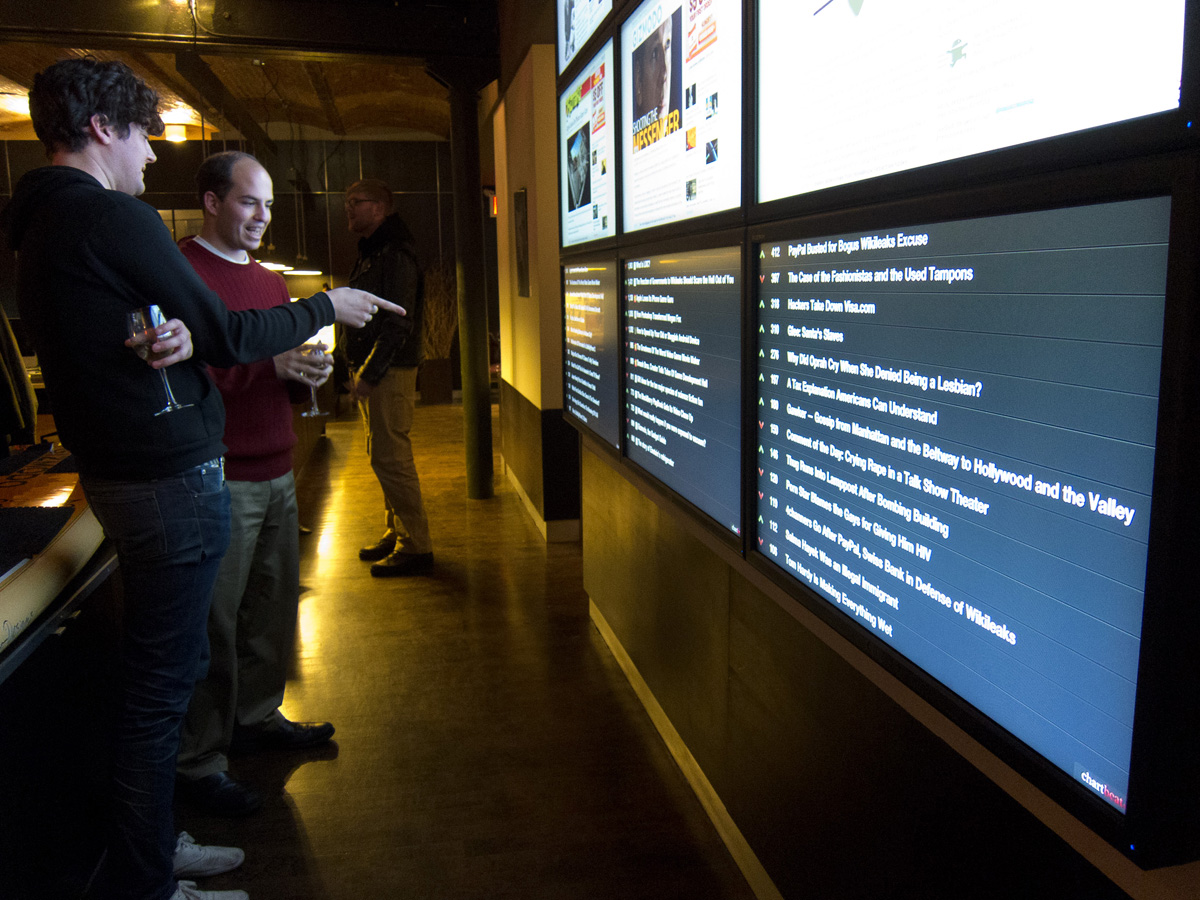After two years work analyzing more than 400,000 stories, the American Press Institute is beginning to find general patterns in what works to attract and hold the attention of digital readers.
The findings are collected in a recent paper by API executive director Tom Rosenstiel for the Brookings Institution — and a number are counter-intuitive. For instance:
- Long stories do fine and are read thoroughly, as much so on phones as any other device. In the API sample, stories longer than 1,200 words, got 23 percent more engagement, 45 percent more social referrals and 11 percent more pageviews.The received wisdom about keeping digital posts short, Rosenstiel said, may have applied to desktop browsing at work, but so much reading has shifted to smartphones. Readers see the phone as their device and their time to use as they wish.
- Overall, photos (or audio or video clips) boost engagement by 19 percent — but the effect is selective. Surprisingly, government stories got a 75 percent boost, perhaps because they humanize what could otherwise be dry, Rosenstiel reasons.By contrast, photos had no impact on engagement with stories on food and dining — a very popular category these days. Looking for a place to go out for dinner, for instance, is a “hunter-gatherer” activity where pictures may seem to be beside the point.
Sports fell about halfway between, with the impact of photos now undercut by the round-the-clock availability of highlight clips.
- Majors enterprise stories are highly valued — scoring 48 percent better in engagement, but they account for only 1 percent of content produced. Of course, reduced resources together with the time required for major work limit the number of these stories. And another related finding was discouraging — doing just a little more than a very basic news story — what Rosenstiel calls “light enterprise” — didn’t improve engagement at all.
The API project began as a pilot with Pioneer News Group in the Pacific Northwest, to help editors decide which topics had particular resonance in a given community. Those “franchise topics” got added emphasis in assignments and tagging showed that they did indeed get greater reader attention.
Over time, the metrics have evolved to include performance of the full range of what a newspaper’s site covers. The 55 participating news organizations now include some large metros like The Dallas Morning News and a few specialized non-newspaper sites.
While firms like Chartbeat and Parse.ly have already been moving the metrics conversation beyond just pageviews and uniques, API was looking for more information that could be tied back to journalistic intent.
So editors tag stories the day after publication using an “Engagement Index” with a dozen factors (which can be weighted different ways by different publications). It takes about 30 seconds to tag one story, so a section editor responsible for 10 stories in a day can get that done in five minutes.
How does this then get used in the newsroom? Rosenstiel explains the basic concept this way:
Once a publisher has data about what content they are producing and what’s working and not working journalistically, the next step is try(ing) to change what they are doing to do more work that readers value inside key coverage areas and spend less effort on what isn’t working.
Editorial judgment quickly comes into play. Editors need to factor in that some topics — say, water quality — are essential though not wildly popular. And more effective coverage of a given subject might mean more explanatory, how-this-affects-you stories and fewer for-the-record, incremental pieces.
I asked Jeff Sonderman, API deputy director who runs the Metrics for News program with Rosenstiel, if they could document business benefits. His email reply:
There are at least four primary ways in which we see this program boost business results:a) Reducing subscriber loss or churn. The top reason readers give when they call you up to cancel a subscription isn’t that they dislike you, it’s that they “just don’t find the time to read it anymore.” That means you’ve lost relevance in their lives — that you haven’t given them any specific reason at any specific moment to reach for you as an indispensable source for a specific thing. This program helps publishers identify and execute the specific “franchise” areas of coverage that build those strong connections with readers and keep them paying.
b) Identifying and launching new products. The insights from the analytics and the community survey point toward unexploited opportunities in a publisher’s market. There may be a major concern about crime, or a major passion for outdoors recreation, or a loyal following for high school football — any one of those things can be an opportunity to launch a whole new product that brings in a new audience and revenue streams.c) Attracting new advertisers. As publishers build new “franchise” coverage areas that they focus on and excel at, we have seen advertisers approach them and ask about how to be involved. The local bait-and-tackle shop, for instance, may never have seen a reason to spend its marketing budget in the local newspaper. But when that local paper launches a new focus and new products for outdoors enthusiasts in the community, suddenly that changes. Moving into new coverage specialities and growing deep loyalty among different audiences gives advertisers who seek to target those audiences a new reason to look at you as their solution.
d) Traffic growth. One of the things Metrics for News does that regular web analytics don’t, is to show you how to grow your traffic. Do more enterprise in this topic. Include more photos in this topic. Do more columns about this subject instead of that one. And so on. There’s a clear, evidence-based roadmap for how to grow, and that leads to large traffic growth at our partner publishers which is a general boost to the online ad revenue among other things.







